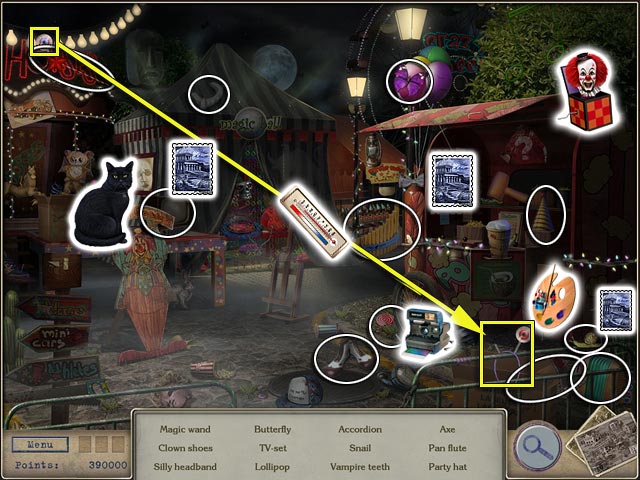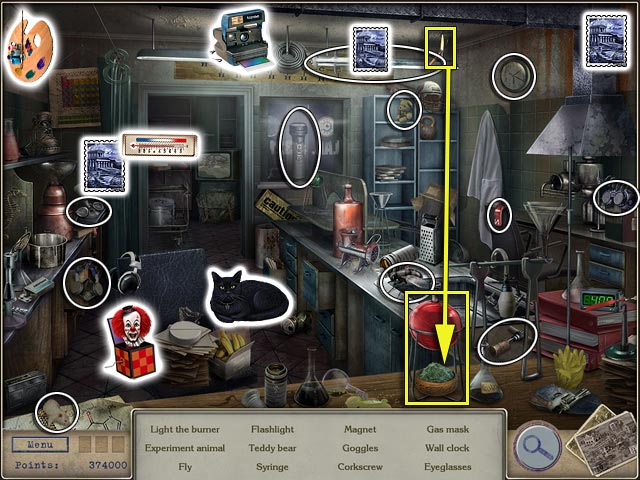

If we consider the careful curation of the syuzhet to be, in essence, the real art of storytelling, than Gone Home‘s environmental storytelling is a curious beast. Jane Eyre just wouldn’t be the same if it began, “Once upon a time there was a man named Edward Rochester, who, upon marrying Bertha Mason, found that her mental health was quickly deteriorating….” Jane’s discovery of Bertha, and of Rochester’s secret, is key to that novel’s air of gothic mystery. Being a masterful storyteller is often a matter of knowing when to hold off on revealing details of what happened to characters in the past.

The syuzhet, by contrast, are those events in the order that we, as readers/viewers/listeners/whatever of the story, are made privy to them. That is: the fabula consists of the in-universe events that transpired, arranged in the proper chronological order in which they transpired. I didn’t assign any formalist criticism to my students for this particular class, but I would consider doing it in the future, and I’m going to use these terms to talk some about Gone Home‘s design here.Īs proposed by Yury Tynyanov, the distinction between fabula and syuzhet is the distinction between what we might call story, and how that story is plotted. This essay is a no-brainer to pair with Gone Home, so of course I did it in my course.īeyond Jenkins, though, there’s another bit of literary theory that can be useful when thinking through Gone Home: the Russian Formalist’s distinction between fabula and syuzhet. Gone Home does, in fact, take strong cues from literary genres such as melodrama and gothic fiction, in which character’s emotions are charted out in terms of architecture, with unspoken romantic relationships sometimes literally hiding in the walls. With these words, Henry Jenkins cements his 2004 essay “Game Design as Narrative Architecture” as the most glaringly obvious choice of course reading to pair with Gone Home. Yet, as the preceding examples suggest, melodrama provides another-and as yet largely unexplored-model for how an embedded story might work as we read letters and diaries, snoop around in bedroom drawers and closets, in search of secrets that might shed light on the relationships between characters. Not surprisingly, most embedded narratives, at present, take the form of detective or conspiracy stories, since these genres help to motivate the player’s active examination of clues and exploration of spaces and provide a rationale for our efforts to reconstruct the narrative of past events. (I’d place it roughly in the realm of my Virginia videos.) Enjoy! It isn’t, by itself, analysis, but tends closer to that direction than the Problem Attic one does. This is a bit more, as I have specifically designed it to aid in things like class prep and analysis. My guide to Liz Ryerson’s Problem Attic (2013) was just a walkthrough. Well, I guess it falls to me to create what I’m looking for. Rather, a guide to the stories Gone Home tells, and where exactly you can find the environmental elements that move those stories forward, and flesh it out. Not just a guide to picking up all of the items that give you achievements, or something like that-there are plenty of those online, already.

Taking some notes, it occurred to me that it would be nice if there was a guide to it online. I hadn’t played the game in quite some time, so, in the run-up to the course, I re-played it, searching through the house exhaustively, reminding myself of where every last note and prop was, re-acquainting myself with the ins and outs of everyone’s story. Two weeks ago, I taught Gone Home (The Fullbright Company, 2013) for my “ Frames, Claims and Videogames” course.


 0 kommentar(er)
0 kommentar(er)
